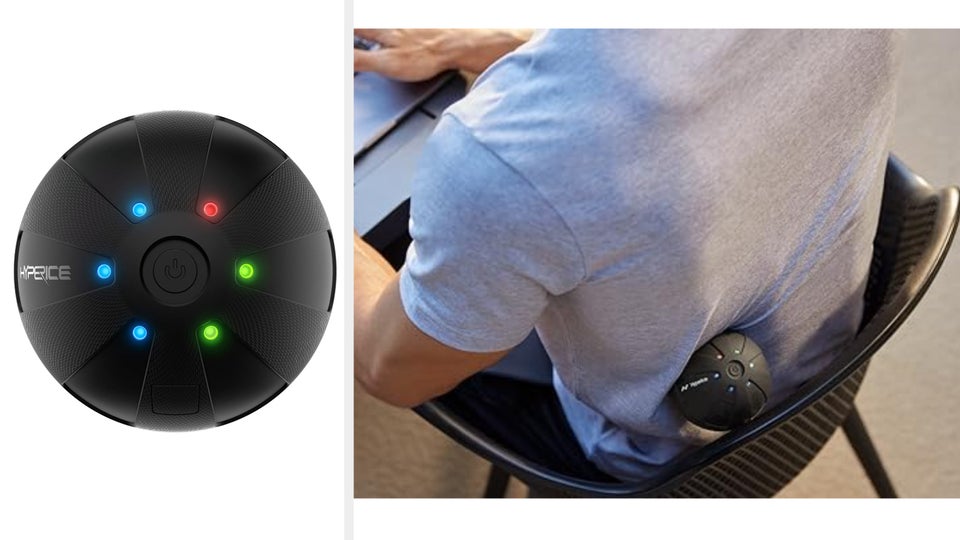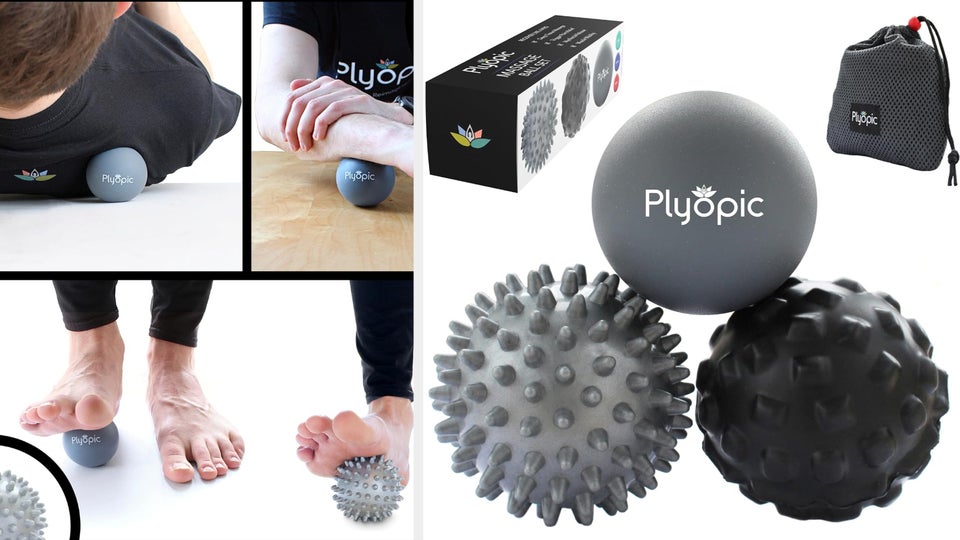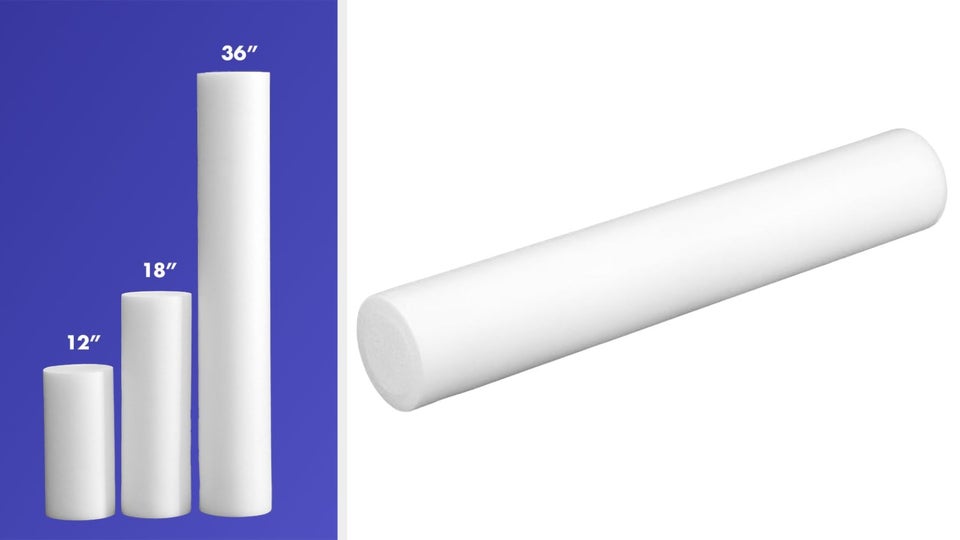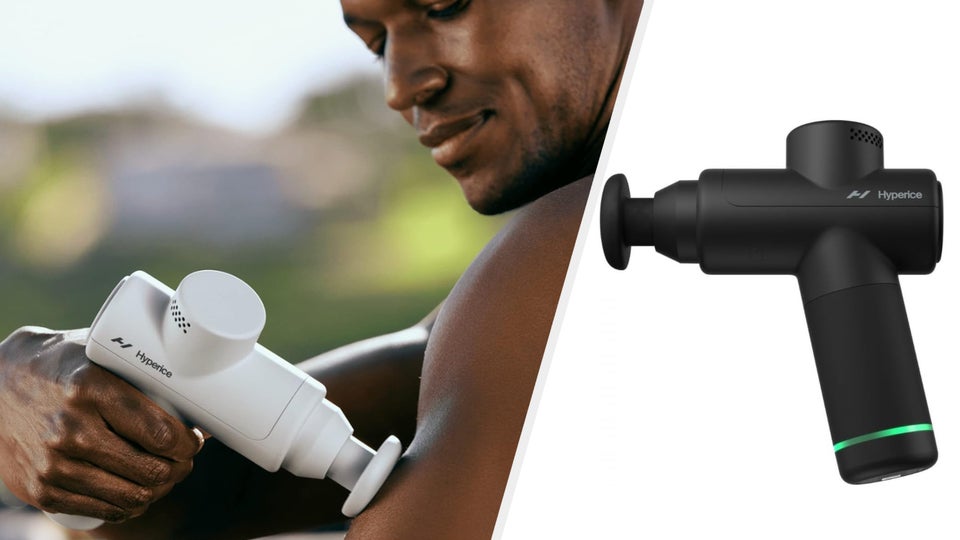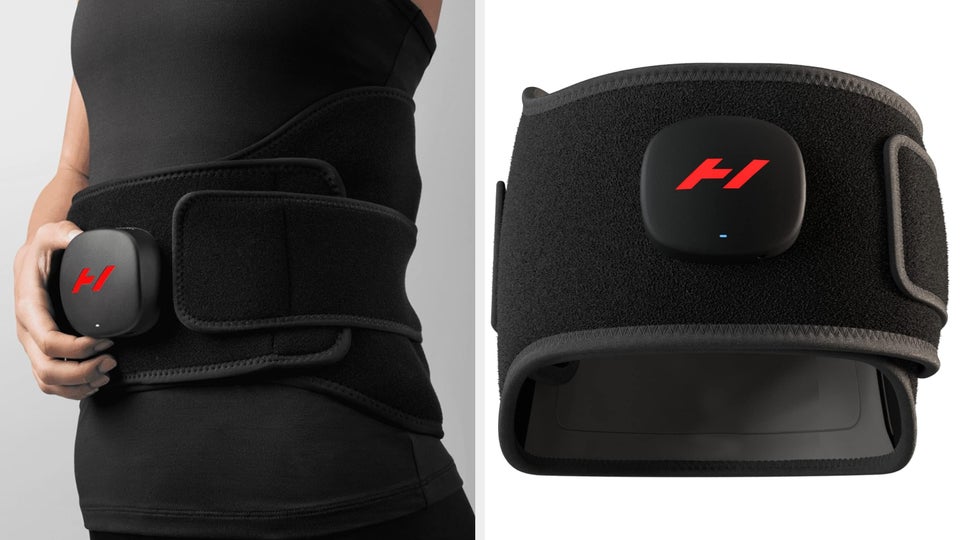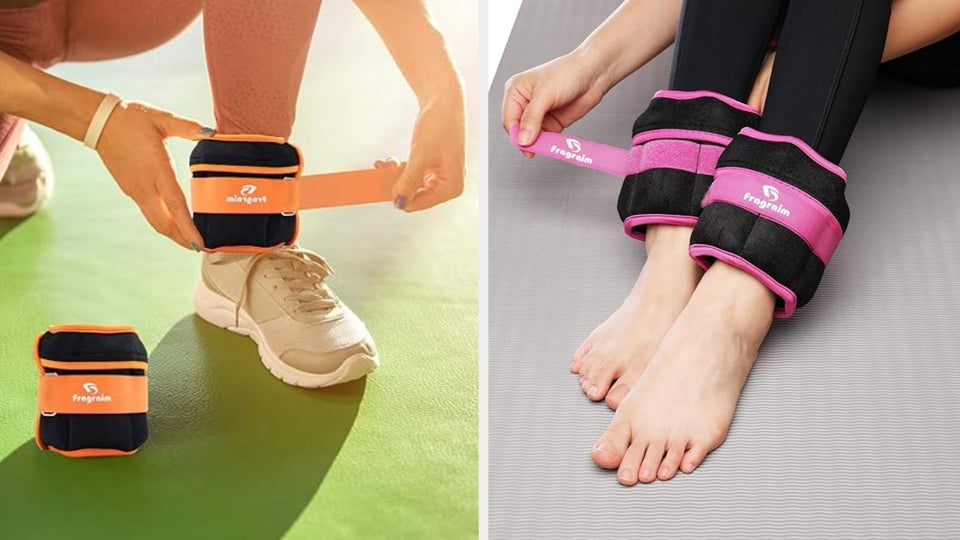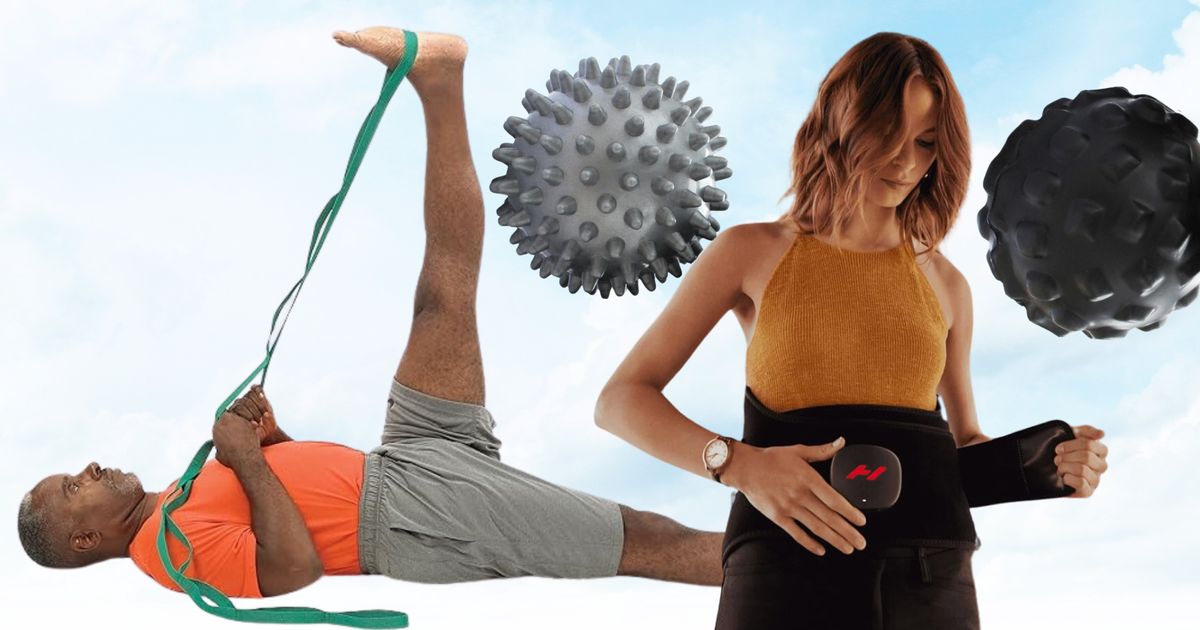
If you deal with pain or discomfort from sciatica, you’re not alone. Up to 40% of people in the U.S. experience the condition at some point in their lives.
Characterized by irritation of the sciatic nerve in the lower back (or lumbar spine) region, sciatica “usually feels like a deep throbbing pain that radiates from the back or buttocks,” said physical therapist Chris DeRosa. DeRosa, who is a co-owner of Los Angeles-based Davis and DeRosa Physical Therapy, specializes in lower back pain and sciatica, among other issues.
Sciatica-related pain often continues down the leg and can travel as far as one’s toes, DeRosa noted, and may be accompanied by numbness or tingling.
According to DeRosa, because these symptoms are typically (though not always) muscular in origin, targeted exercises and physical therapy can be immensely helpful in improving sciatica and even resolving the condition completely.
“Sciatica is 100% treatable in most cases, and your physical therapist is your best line of defense,” DeRosa said. “Especially when symptoms first arise.”
DeRosa recommended some equipment that, in conjunction with proper exercises, can help assuage pain from sciatica. Before using any of the tools, be sure to consult with a physical therapist or doctor.
HuffPost and its publishing partners may receive a share from purchases made via links on this page. Every item is independently selected by the HuffPost Shopping team. Prices and availability are subject to change. The experts consulted for this story do not necessarily endorse the products ahead unless otherwise noted.
Gentle stretching with a dedicated nylon strap tool
According to DeRosa, if a patient with sciatica has been clinically diagnosed with muscular symptoms, “the piriformis muscle, or as I call it, the ‘pain in butt muscle,’ is usually the culprit.”
“Sometimes, self-massage using a foam roller or massage gun/ball, followed by gentle stretching, can help with the symptoms and [be] part of our prescription for recovery,” DeRosa said.
DeRosa recommended this six-foot Stretch Out Strap for gently stretching the legs and upper and lower body. It’s designed with 10 loops that help you stretch with greater control; you can also use the loops as comfy yet grippy handholds.
It comes with a stretching exercise booklet and access to its video stretching guide.
Self-massaging, including with a vibration therapy massage ball
DeRosa also recommended the Hyperice vibrating massage ball for gently massaging the piriformis muscle in your gluteal area.
Small enough to fit in your palm, the massage ball offers three vibration speeds and helps soothe muscle stiffness and soreness.
Note: Clip the coupon for an additional discount at checkout.
Or self-massage using specialized rubber massage balls
DeRosa suggested this trio of massage balls for massaging the gluteal area.
The set is designed to target muscle pain across the body and includes a spiky massage ball, a textured foam option and a smooth version.
A medium-firm foam roller
DeRosa also recommended this foam roller from Healthy You for gentle stretching and self-massaging.
It’s made with dense foam that’s slightly soft to the touch and comes in three sizes, though DeRosa recommended the largest size (36 inches long).
A handheld massage gun
DeRosa suggested the Hyperice percussion massager for targeting muscles in the gluteal region.
Designed to loosen knots and soothe stiffness, the device has three speeds and two interchangeable heads (which you can swap out depending on your needs). Available in two colors, it’s lightweight enough for you to carry with you and, according to reviewers, impressively quiet given its 40-watt motor.
A lower back brace with 39,000 5-star ratings
In addition, DeRosa recommended this popular belted back brace, designed to soothe lower back pain through firm yet comfortable support.
It’s made with breathable, flexible mesh, so it’ll stabilize your back while still allowing for natural movement. You can also make use of its removable lumbar pad for days when you need additional help.
Another plus, according to reviewers, is that the brace is subtle enough to wear under clothes if you prefer, lacking the bulkiness characteristic of other models.
It’s available in three colors and in sizes XS-XXL.
Note: Clip the coupon for an additional discount at checkout.
Or a heated back wrap with massage capability
DeRosa also recommended Hyperice’s heat and massage back wrap for soothing lower back pain related to sciatica.
It’s designed to heat up six times faster than a standard heating pad, according to the brand, with an exceptionally large surface area that allows it to target discomfort more evenly and consistently than other options.
You can choose between three massage levels and three heat levels with the controller attached to the wrap. The wrap is made with comfy neoprene, which you can adjust to your desired level of compression.
It’s also available in versions for the legs, as well as the right and left shoulders.
A set of resistance bands with handles
“Our number one choice is usually resistance bands with handles,” DeRosa explained to HuffPost. “They are cost effective and come in varied resistance so people can use lighter or stronger bands if they feel the exercises [are] too easy or too hard.”
DeRosa recommended this five-pack of bands to start off with.
“Routines with the bands can be used to build upper body strength and lower body strength and of course should never be painful when performing,” he said. “We always like to incorporate functional exercises, like sit to stand from a chair or bed and supported step ups as these are weight-bearing exercises that not only build strength but also help increase bone density [since] our bone density decreases as we age.”
A pair of ankle weights
DeRosa recommended this pair of ankle weights, which are each adjustable from one to five pounds. They also have adjustable straps to ensure a comfortable fit. They’re available in multiple colors and with higher weight offerings.
An under-desk elliptical machine
The Cubii elliptical, which DeRosa specifically recommended, is compact, portable and offers adjustable peddling resistance. It fits easily under couches, arm chairs and desk chairs so you can enjoy a low-impact workout while sitting at home. It also has Bluetooth connectivity and an app that tracks your strides, time and more.
Short balance activities, like the ones in this training book
“Falls are one of the most common way seniors injure themselves. Incorporating safe balance training to a program is essential,” said DeRosa. He recommended this book to get started, and also noted that many older folks enjoy chair yoga to improve balance and overall strength.
